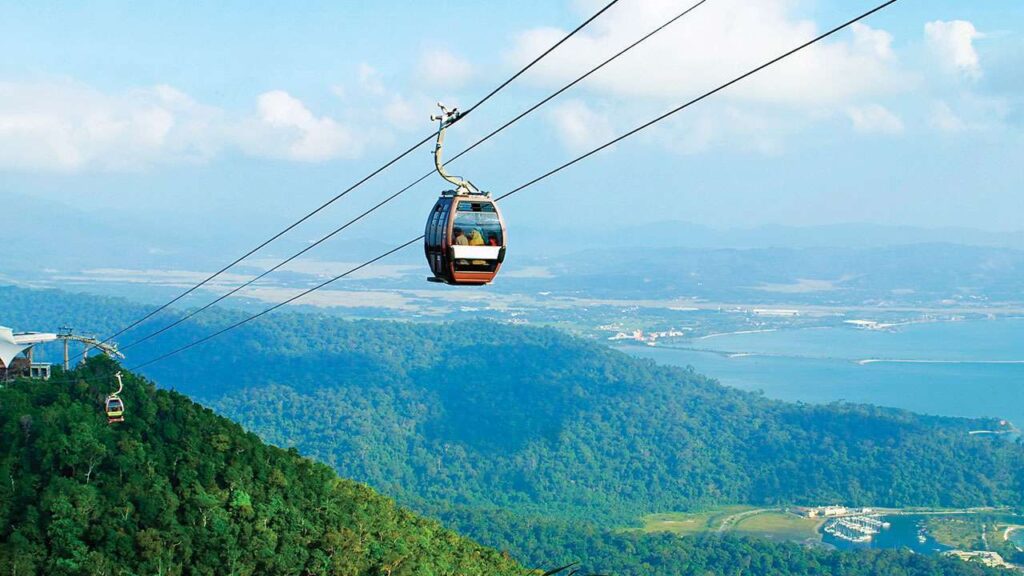Jammu and Kashmir
Jammu and Kashmir
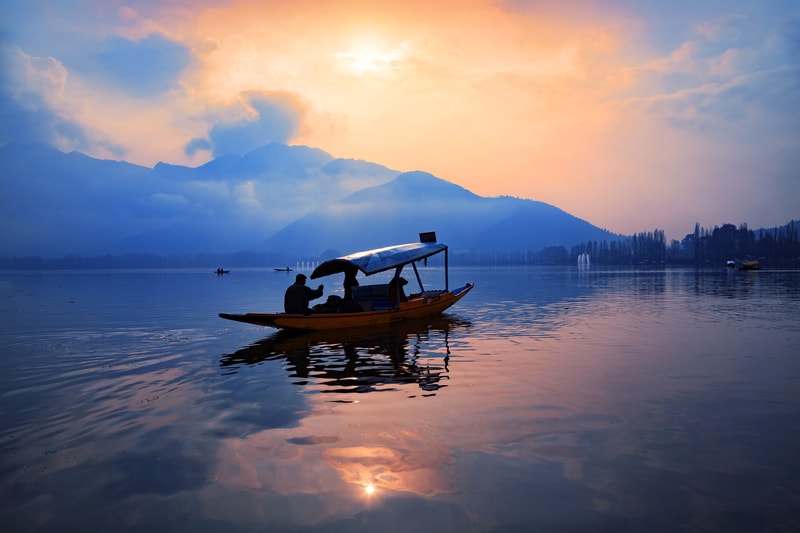
The valley of Kashmir is as rich as the history and political controversy. The famous houseboats of Srinagar take a spiritual moment to reflect on one of the many pilgrimage sites. Well, native craftsmanship makes excellent souvenirs—carpets and textiles are special. Create romantic memories in Gulmarg, walk hand in hand by Srinagar’s Dal Lake.
“Paradise on the Earth” the state is world-famous for its scenic, snow-covered mountains, plentiful wildlife, and hospitable people.
CLIMATE:
The climate of Jammu is different from than Kashmir valley:-
Summer Season: starts from March & continues till May in Jammu, with temperatures ranging between 35°C and as high as 45°C. And in Kashmir Valley, it starts from May till August, with temperatures between 14°C to 30°C.
Monsoon Season: starts from June till September in Jammu, with temperatures between 32°C to 35°C. The rainfall causes an increase in humidity levels. In Kashmir Valley, the monsoon starts in July & lasts till August, with temperatures between13°C -17°C.
Winter Season: starts from October till February in Jammu & Kashmir. It gets cold in both regions but much colder in Kashmir Valley, with temperatures dropping as low as -2°C.
LIFESTYLE:
The lifestyle of the people in Jammu is not different from the people of India. They are deeply religious and value their culture. Religion plays a vital role in their lives, and they regularly visit the temples.
Most people in Jammu speak Dogri, Gojri, Pahadi, Kashmiri, Hindi, Punjabi & Urdu. Most people love to wear their traditional dresses and modern dresses also.
The people’s traditional dress here is Pheran & Poots, which both men and women wear. Along with this, the people also wear Mughal-style turbans, headgear, taranga belt of pashmina & coloured scarf. The principal languages spoken are Kashmiri & Urdu.
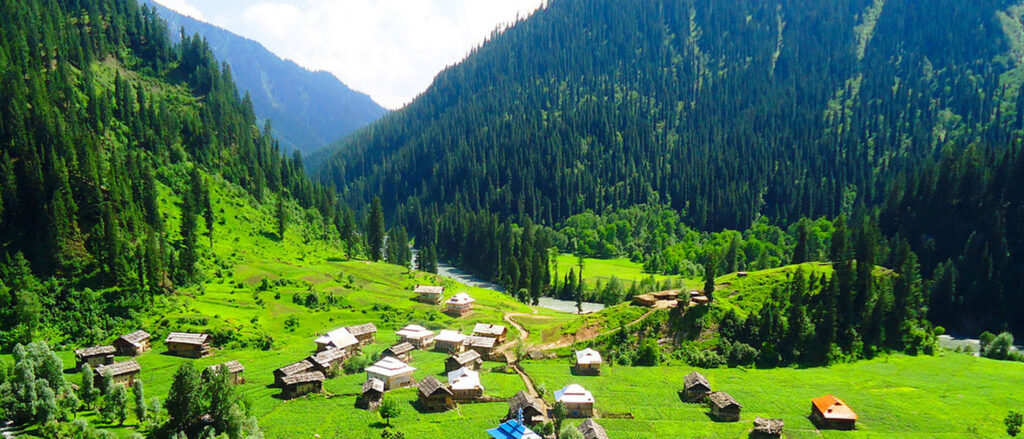
CUISINES:
In Both the Jammu Region & the Kashmir Valley, people love to have a variety of vegetarian & non-vegetarian cuisines.
The cuisine of Jammu uses many items like pulses, lentils, rice and potatoes. The Dogri dish is the main part of the cuisine and includes various dishes. Pickles are also the main part of the Jammu cuisine and are enjoyed by the people. Kasrod, Jimikand, Giggle, Tyaoo & Seyoo are some of the pickles served along with the main dish. Desserts like chocolate barfi, patista are the main sweet dishes.
The cuisine of Kashmir Valley reflects Central Asian, Persian & Afghan touches, and Wazwan is one of the famous dishes in Kashmir.
The most popular dishes greatly enjoyed by the people are Tabakhmaaz, Shab Deg, Dum Olav/Dum Aloo, Aab Gosh, Lyader Tschaman, Runwagan Tschaman, Riste, Nader ti Gaad, Herath, Novroze, Yakhni, and the widely acclaimed Rogan Josh.
The local people also relish bread with various slices like Tsot & Tsochvor, Sheermal, Lavas & Kulcha. Kehwa, a tea mixed with Kashmiri green tea leaves, nuts, saffron & whole spices, is served to guests and greatly enjoyed by the people.
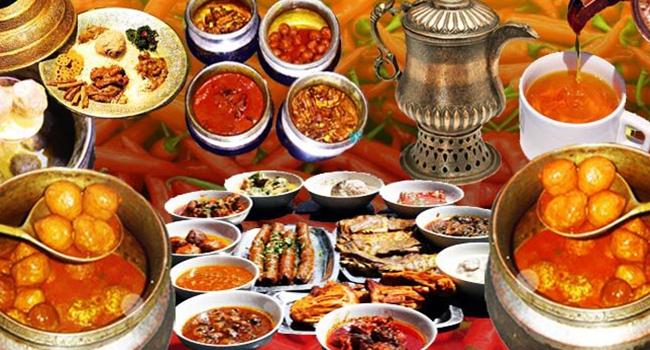
TOP PLACES TO VISIT:
1. SRINAGAR
Srinagar is well-known as ‘Heaven on Earth. It is situated in the union territory of Jammu & Kashmir. It is known for the stationary houseboats and gondola rowboats(Shikaras) on Dal Lake. Adorned with tranquil Dal Lake & Nigeen Lake,
The tourists use Shikaras to see the Floating Vegetable Market and the Mir Bahris – a lively community of people living on the lake. Many houseboats provide a unique experience living on the lake. It also has India’s most elegant Mughal-age gardens, including Nishat Bagh, Shalimar Bagh and Chashm-E-Shahi Garden.
Kashmiri cuisine or Wazwan is famous all over the globe. So when in Srinagar, trying out the local dishes, which are rich in unique fragrant spices, is a must. Srinagar is famous for the Kashmiri shawls, apples, and dried fruits from Lal Chowk Market.
The best time to visit is April-October
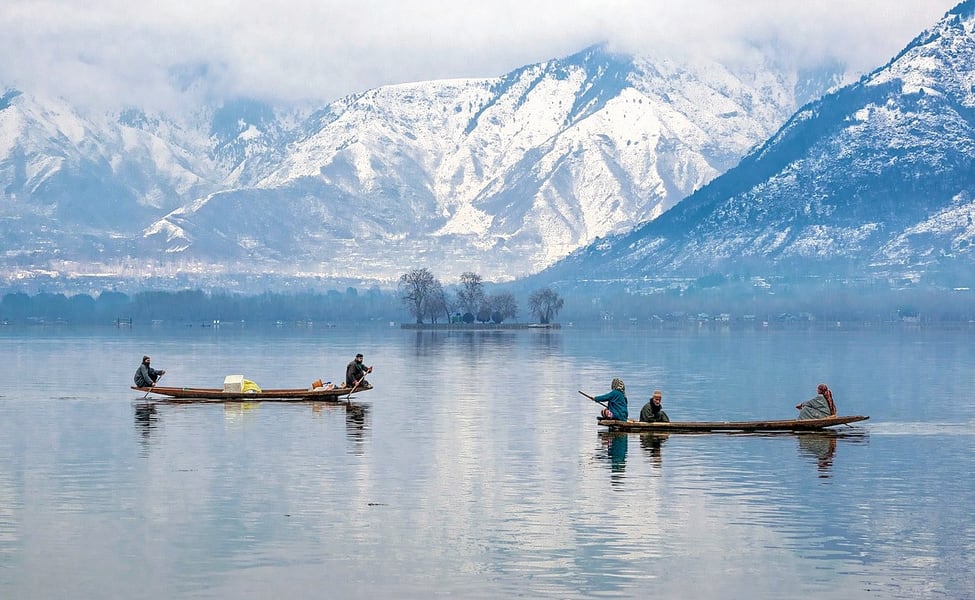
2. VAISHNO DEVI
Vaishno Devi is a temple town home to the famous Vaishno Devi Mandir. Located in Trikuta hills, 13 km from Katra (in the union territory of Jammu and Kashmir), this renowned shrine allures millions of devotees worldwide. It is believed that Goddesses arrive at the Holy cave during the pooja to pay regards to Mata Rani. People who visit there believe that the Goddess herself calls the devotees to reach here.
Vaishno Devi is said to be Muh Maangi Muradein Poori Karne Wali Mata (the mother who fulfils her children’s wishes). The darshan of Vaishno Devi in the cave is in the form of naturally formed rocks, known as pindies. These pindies are in three forms: Maha Kali, Maha Saraswati and Maha Lakshmi.
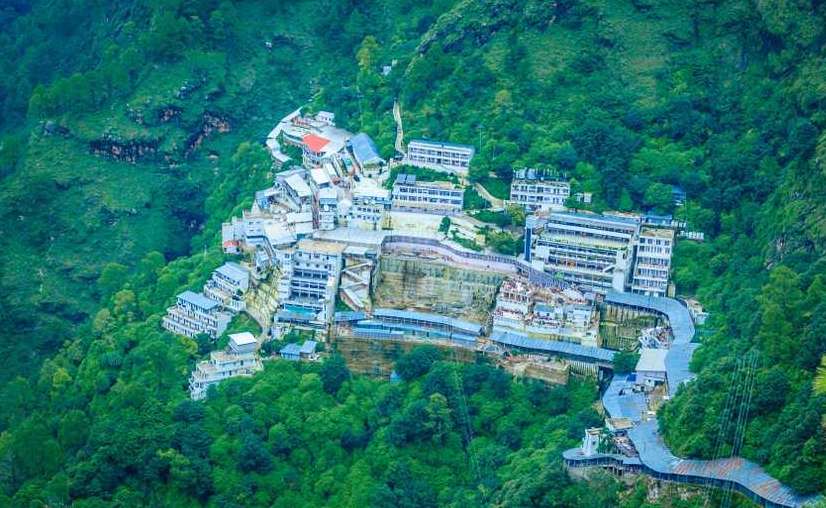
3. GULMARG
It is located at an elevation of 2730 m above sea level. It is a popular skiing destination located in Pir Panjal Range of the Union territory of Jammu and Kashmir. Surrounded by lofty snow-covered Himalayas, a pasture of flowers, deep ravines, and evergreen valleys, It also has the world’s second-highest Gondola ride.
Among on top honeymoon destinations in India, Gulmarg is a beautiful town without a crowd like Manali. It is developed as an adventure hub- the Indian Institute of Skiing is here. There are a lot of courses on trekking, skiing, and snowboarding that IISM offers. It is familiar with its picturesque beauty and has also been a popular spot for shooting various Bollywood films.
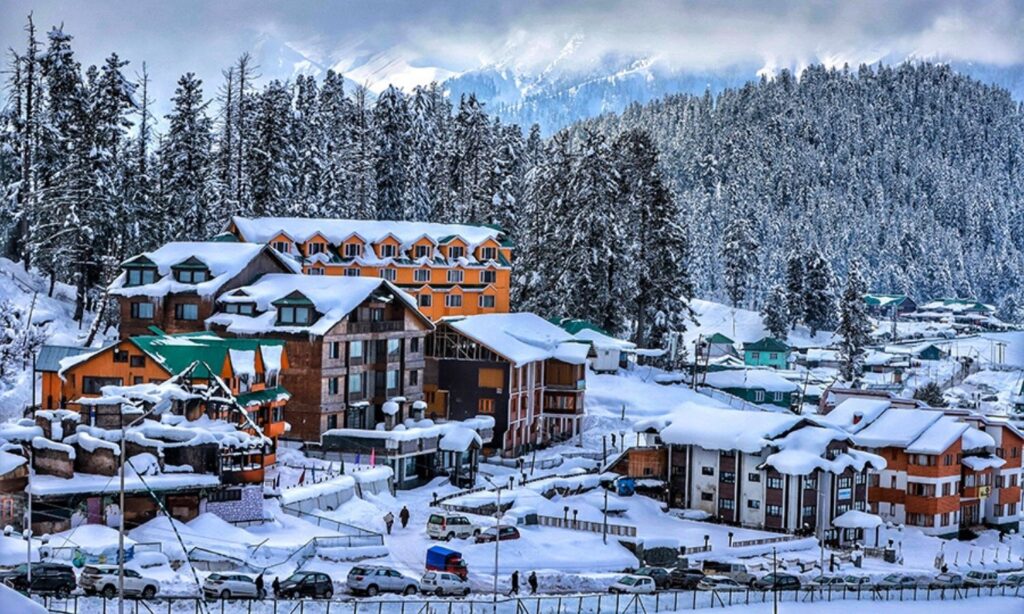
4. AMARNATH
Amarnath, located in the union territory of Jammu and Kashmir, is one of the most important pilgrimages in India for the devotee of Lord Shiv Ji. The cave naturally has a saint Shivaling formed with ice, which resembles Lord Shiva.
Amarnath is visited by millions of tourists annually from around the world for an exciting trek called ‘Amarnath Yatra.’ Legends say that this is the cave where Lord Shiva disclosed the secret of life to Parvati Mata(Goddess).
Amarnath Cave is approachable only in the months of July-August. Two routes for undertaking the Amarnath Yatra are via Baltal or Pahalgam, and it normally takes 3-5 days to reach Amarnath. The devotees must make bookings and register to undertake the pilgrimage to Amarnath.
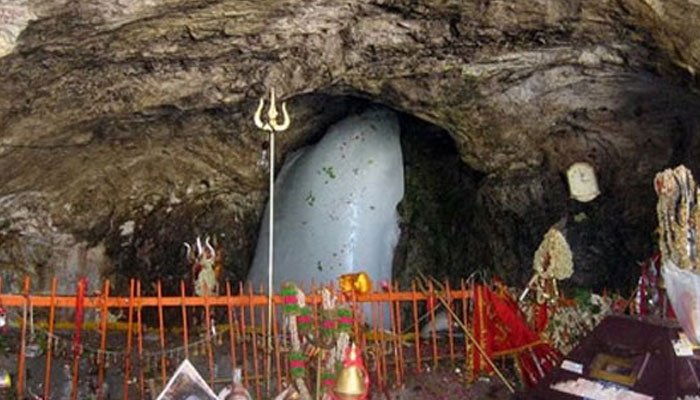
5. JAMMU
Jammu is the southernmost part of the territory of Jammu and Kashmir. The Capital of Kashmir, Jammu, is a holy city known for its majestic temples, religious shrines, glittering “shikhars,” and cultural heritage. Since it is also the starting point for the widely popular Vaishno Devi Temple and Amarnath Yatra, it is visited by tourists.
Jammu forms the transition between the Himalayans north and the powdery plains in Punjab in the south. The Shivalik hills slit across the area from the east, while the rivers Ravi, Tawi and Chenab slit through the Jammu.
The City of Temples houses the famous Maha Kali Temple, considered second only to the Vaishno Devi Temple—originally founded in 14th Century BC.The eccentricity of Jammu is also prevalent in its Dogra cuisine, the crown of which is the scrumptious Wazwan (traditional Kashmiri buffet). Jammu is a melange of pilgrimage, leisure, natural beauty and heritage.
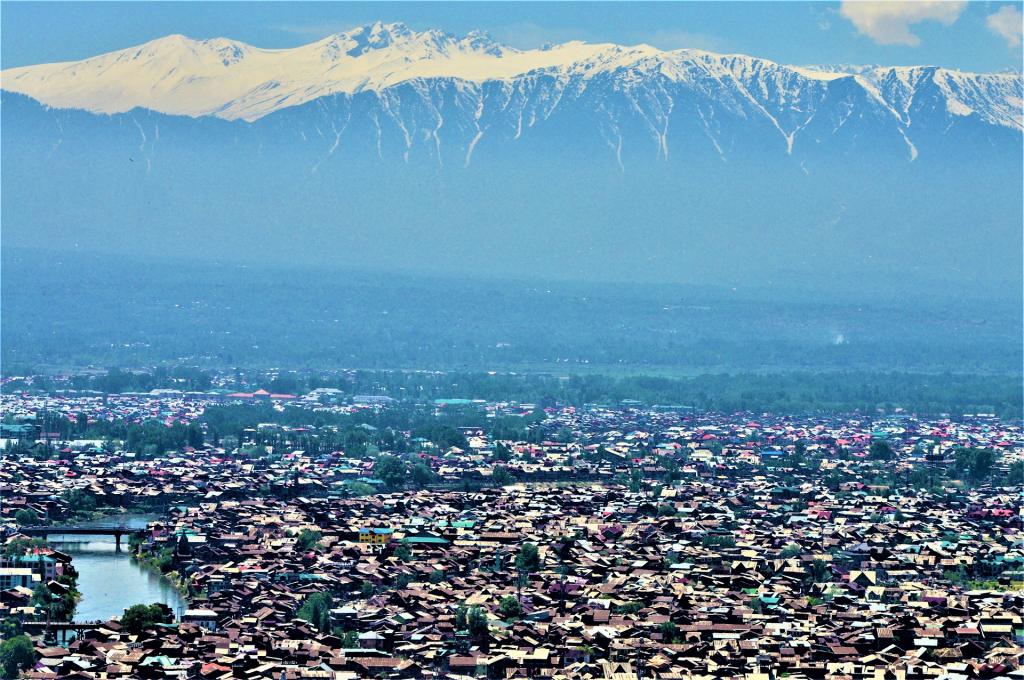
6. PATNITOP
It is a well-known hill station in the Udhampur district of Jammu & Kashmir, known for endless meadows and panoramic views of the snow-capped peaks of the Himalayas. Along with the widespread abundance of sceneries, Patnitop is known for skiing and trekking activities.
It offers many exciting activities like Paragliding, trekking, skiing etc.Sanasar, located 17 km away, is also popular for a paragliding base, golf courses, and extended sightseeing options.
Nathatop, located approximately 14 km from Patnitop, is known for its panoramic view of the snow-covered peaks and as the take-off site for Paragliding.
Shiva Garh is situated around 11 kilometres from Patnitop, at an elevation of almost 3500 meters. It makes for a short thrilling trek experience.
